THE HELIOCENTRIC LIE?
Fri 3:02 pm +00:00, 21 Feb 2025 7The recent alignment of the planets in the night sky got me thinking, how on Earth, pun intended, are we able to see Venus and Mercury in the night time sky, if they both orbit many millions of miles inside our own orbit. I was trying to visualise it, the half of Earth that is in darkness facing away from the sun and into the dark depths of outer space, towards Mars, Jupiter and Saturn etc. and then thinking Venus was out there in the same vicinity, just didn’t ring true with me.
How can we see Venus and Mercury in the night sky, in the heliocentric model. It did not appear to be possible to my mind, maybe I am missing something.
I then made a comment during an online chat about how I didn’t think it should be possible to be able to see these inner orbiting planets in our night sky. Somebody, with far better computer skills than myself, then picked up on the idea and uploaded a video showing just why it should not be possible to see the planets Venus and Mercury in our night sky. Next, a well known online globe believer/flat Earth debunker, used this video to try to debunk its claims. The debunker explained how we can only see Venus in the sky in the early morning and early evening and he showed this diagram (below) to help prove his point of view. I think he is clutching at straws if he believes this diagram proves his point, very short straws at that.
This is the debunkers diagram below, (sorry the quality seems poor,) notice he has shaded in the dark side of Earth (blue), but the dark side of Venus (orange) is not shaded to define where the day and night line should be visible, so imagine that Venus day/night line yourself. His claimed field of view from the night side of earth is the grey shaded area of sky that covers the top half of the image. This field of view, I do not believe is even remotely possible, but even if it is, if he had shaded the night half of Venus, it would only allow a very small percentage of the illuminated Venus to be visible from Earth, at best. Certainly not a whole clear full circle of light that is captured in footage/seen through telescopes from Earth. This diagram shows Earth and Venus almost as close as they get to one another and the further you move the two planets away from one another in orbit, the more the claims of seeing a full illuminated Venus from Earths night sky just appear to become even more ridiculous, as shown in other diagrams lower down.

The above diagram obviously has no proper scale to it, so lets put some perspective on it. We are told Earth and Venus are almost identical in size, so lets make them an easily manageable size and make them 1 millimetre in size each, we are talking a grain of sugar here. The Sun is 109 times larger in diameter than the Earth, so the sun would be 109 mm in diameter. We are told you can fit 109 suns in the 93 million miles between Earth and the Sun itself, which means the 109mm Sun to scale, would be almost 12 metres away from the 1mm Earth, the Venusian orbit would be an approx. 4 metres inside Earths orbit. Given these details and the diagrams below, how is it possible to see Venus or Mercury in our night sky. I genuinely cannot get my head around the fact that Venus and Mercury are in the totally opposite direction to the field of view that our night sky offers us. This to me makes the heliocentric model a lie. Here are more diagrams of the heliocentric model.
Again Earth and Venus, almost as close as they get, about 25 million miles apart, notice the darkened areas of night sky on both planets and Earths apparent field of view, out towards the outer planets. Obviously Earths night sky can never face the sun and the inner orbiting planets.

This next diagram demonstrates how it becomes more difficult to see Venus the further it moves away from Earth in orbit. Here the Earth is the large white ball in the foreground, but the face of Earth you can see is obviously the night side of Earth. So at what point does it become possible to see Venus at night time, wherever it is in its orbit. Remember at its closest to Earth, Venus will be showing its full night time side to Earths day time side snd it’s approx. 25 million miles away from earth and no night time view would be possible at all.
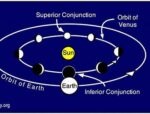
Again in these next two images, explain to me how Venus is visible from night side of Earth that is clearly facing away from Venus, not forgetting they show us a full brightly lit ball Venus in pictures from Earth. Looking at these images, at best, what you should see, at a push, is the equivalent to a crescent moon type image of Venus at the point of dawn or dusk on Earth, but i am even struggling to see how we would see even a crescent shaped Venus from our night sky.


Then I found this …..
and finally, maybe Roger Spurr has the answer. Maybe you have to be a Nephilim or even a Titan to be able to have a clear view of Venus from the night time side of Earth. To have the fully lit face of Venus facing Earth, it has to be in total opposition to Earths position, a staggering 160 million miles away from Earth, but then it shines at Earths day time sky with the added bonus of a huge freakin’ Sun directly in the way too.
Does anyone have an explanation, I may have missed or misunderstood something that is really quite obvious to others. Maybe some amazing type of light refraxtion?
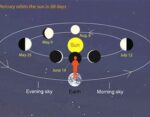




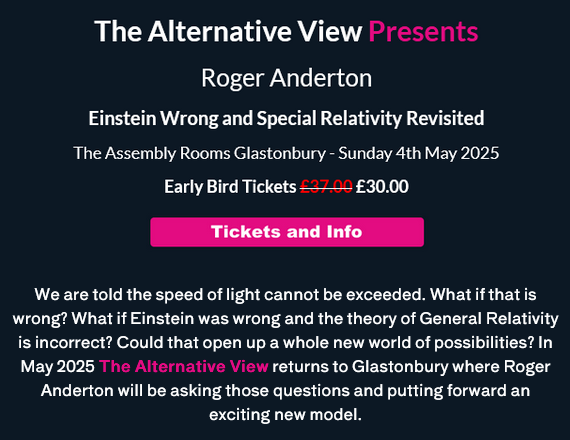
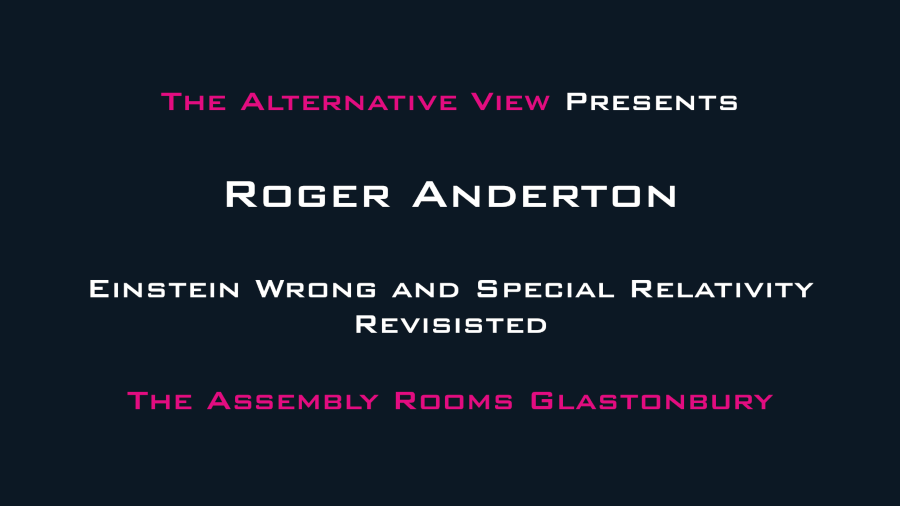





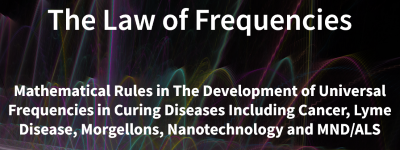


Hi Kneepad, you can only see these planets at dusk/dawn. When you have just lost or before you gain the sunlight, and if the planet is to the side of the sun, ie the correct side of the sun from your point of view.
The subject seems a bit flat earth’ish to me.
Hello Ian, I’ve always enjoyed your articles and responses on Tap, very interesting guy you are, first of all, it is not about flat earth, although I can fully understand how you reach such a conclusion, the idea has not originated from the flat earth theory model, it is solely about what is clearly visible in our night sky and the heliocentric model, if you read the paragraph between the 3rd and 4th images I clearly state that it is only at dawn and dusk that it is supposed to be visible, but from the diagrams above i cannot see in any way shape or form how it is possible to see/image a fully circular and lit face of Venus in our night sky and it certainly shouldn’t be visible in the same patch of sky as Mars, Jupiter and Saturn,
Hi Kneepad, you won’t get a 100% full lit Venus, but the diagram is not to scale and thus slightly misleading. If Venus is just clear of the Sun behind it but on our side, as soon as it becomes visible it will appear as 100% but will be slightly less. I don’t know the exact percentage. Also bear in mind that to the naked eye, at lesser than full it just appears dimmer, as you can’t see the phases without a telescope.
This book is awesome.
The sun that huge star we led to believe it is, but is a plasma that goes round the earth, and the stars are lights in the firmament not like the Hollywood stage productions.
whatever